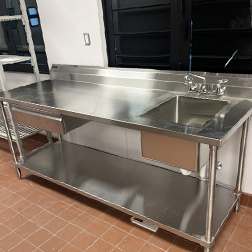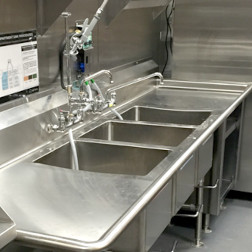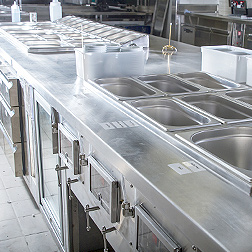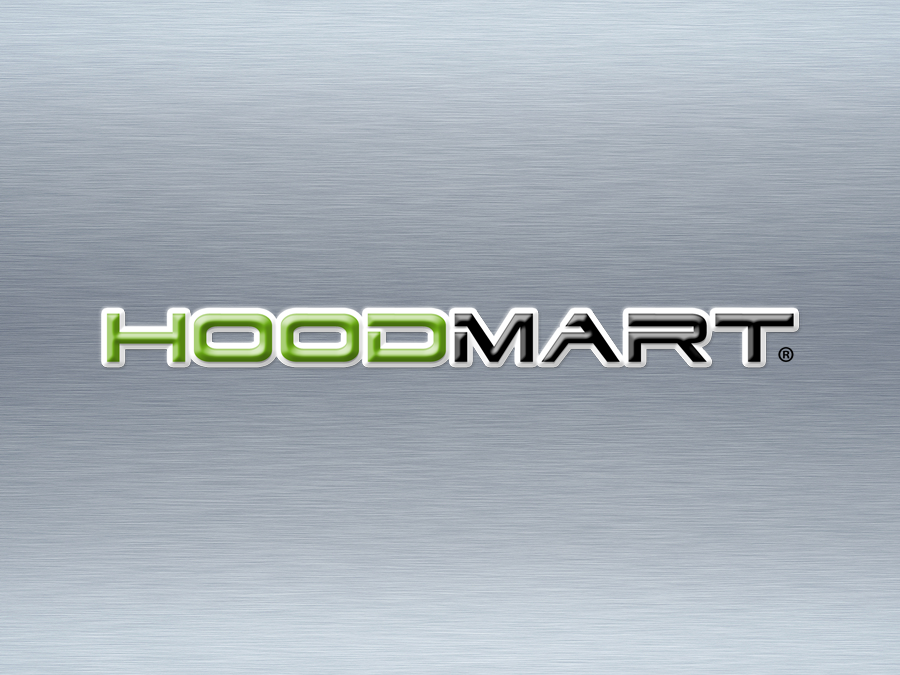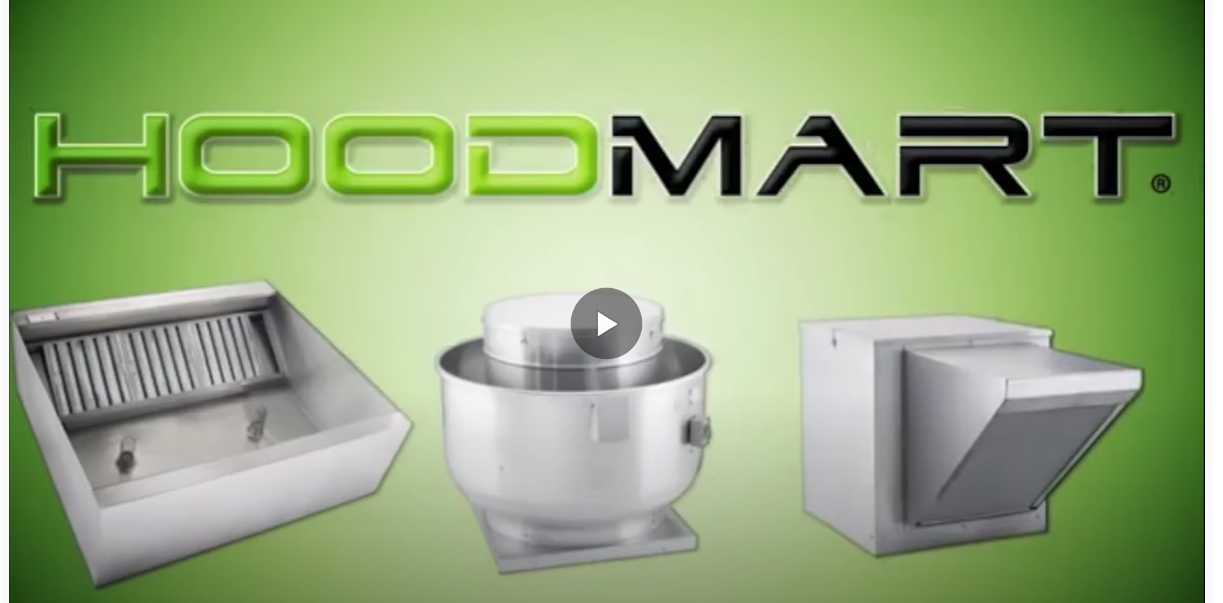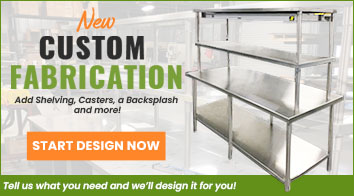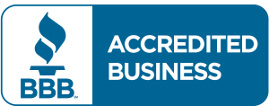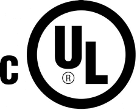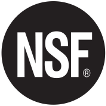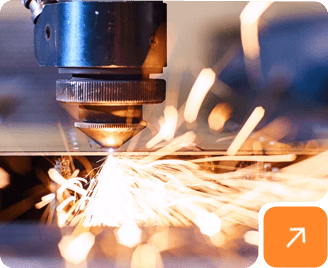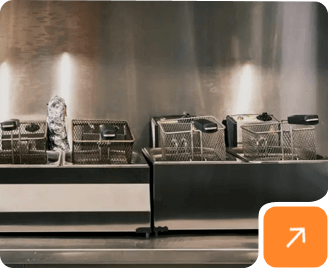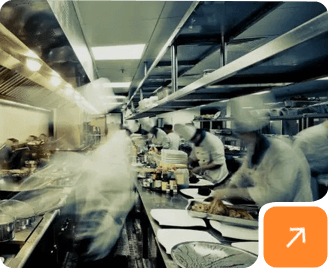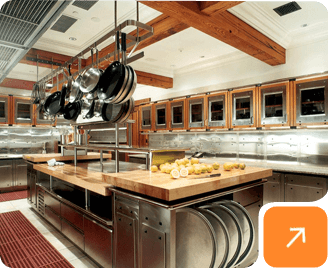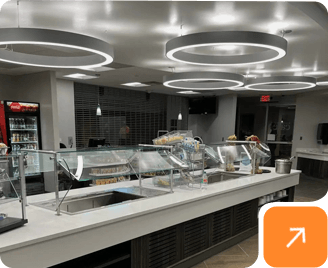We use cookies to help improve our services, make personal offers, and enhance your experience. If you do not accept optional cookies below, your experience may be affected. If you want to know more, please read the Learn more.
How Does a Ventless Commercial Range Hood Work? | HoodMart

Introduction
Commercial kitchens are bustling with activity, producing mouthwatering dishes for countless patrons. To maintain a clean and safe environment, it's essential to have proper ventilation systems in place. While traditional commercial range hoods require external ductwork, ventless commercial range hoods offer a flexible alternative. In this article, the friendly HoodMart experts will provide a high-level overview of how a ventless commercial range hood works, shedding light on its functionality and benefits.
Understanding Ventless Commercial Range Hoods
A ventless commercial range hood is a self-contained system designed to capture and filter grease, smoke, odors, and airborne particles produced during cooking. Unlike traditional hoods that expel these contaminants through ductwork, ventless hoods employ advanced filtration technologies to clean the air before releasing it back into the kitchen. Ventless hoods are also available with fire suppression systems.
The Components:
A ventless commercial range hood consists of several key components that work together to ensure effective filtration:
- Capture Area: The hood's capture area is strategically positioned above the cooking surface to collect grease-laden vapors, smoke, and other airborne particles. It uses a combination of powerful fans and specialized baffle filters to capture these contaminants.
- Baffle Filters: Baffle filters are designed with multiple layers of metal or stainless steel fins, positioned in a way that redirects the airflow. This configuration efficiently traps and separates grease and other particles from the exhaust air.
- Mesh Filter: The ventless commercial range hood includes a durable aluminum mesh filter, featuring a fine woven design to capture smaller particles like grease droplets and debris, enhancing the overall filtration effectiveness.
- Carbon Filters: After passing through the baffle filters, the exhaust air enters a section containing activated carbon filters. These filters, made of highly porous carbon, absorb and neutralize odors and other volatile organic compounds (VOCs) present in the air.
- Recirculation System: Once the air passes through the filtration stages, it is recirculated back into the kitchen. This system allows for the removal of contaminants while minimizing energy loss associated with expelling air outside the building.
Filter Maintenance
Regular maintenance and cleaning of the filters are vital to ensure the efficient operation of a ventless commercial range hood. The frequency of filter cleaning or replacement depends on factors such as the cooking volume and types of food prepared. Manufacturers usually provide guidelines on the recommended maintenance schedule, including instructions for cleaning or replacing the filters. Always consult a professional manufacturers, like the team at HoodMart, if you have questions about cleaning or maintenance.
Benefits of Ventless Commercial Range Hoods
- Versatility: One significant advantage of ventless hoods is their flexibility in kitchen design. Since they don't require external ductwork, they can be installed in various locations without the need for major renovations.
- Cost-Effective: Eliminating the need for ductwork installation and maintenance can result in substantial cost savings. Ventless hoods are also more energy-efficient compared to traditional systems, as they recirculate and filter the air instead of expelling it outside.
- Compliance: UL710B Listed, Type 1 Ventless hoods are designed to meet stringent safety and ventilation regulations. By efficiently capturing and filtering contaminants, they help kitchens comply with local health codes.
- Environmental Friendliness: Ventless hoods contribute to a greener environment by reducing energy consumption and minimizing the release of contaminants into the atmosphere.
Conclusion
Ventless commercial range hoods provide a practical solution for kitchens seeking efficient ventilation without the need for external ductwork. By incorporating advanced filtration technologies, these hoods effectively capture and remove grease, smoke, odors, and other airborne particles from the cooking area. With their versatility, cost-effectiveness, and environmental friendliness, ventless hoods have become an increasingly popular choice for compatible kitchens.
Want to know more? Just ask! The experts at HoodMart look forward to talking to you, so call us today at: 1.800.715.1014.



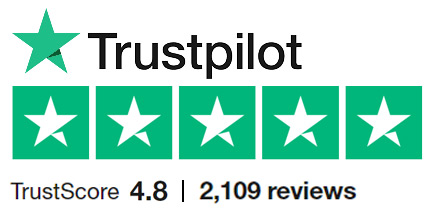


 CUSTOM FABRICATOR
CUSTOM FABRICATOR



